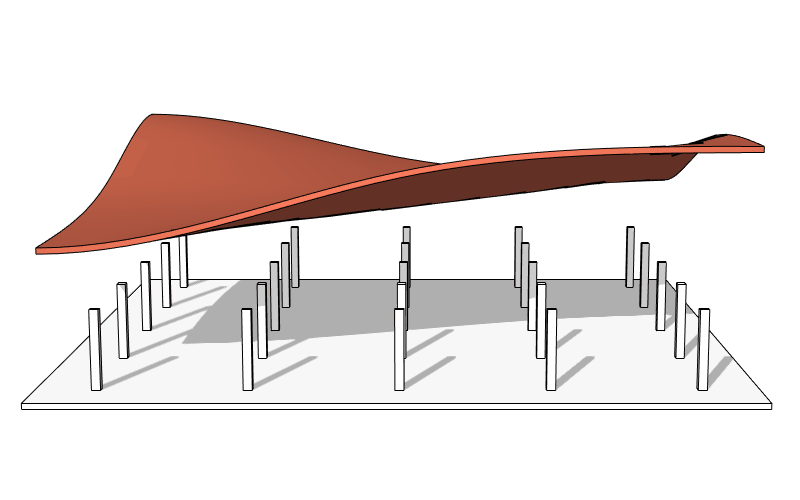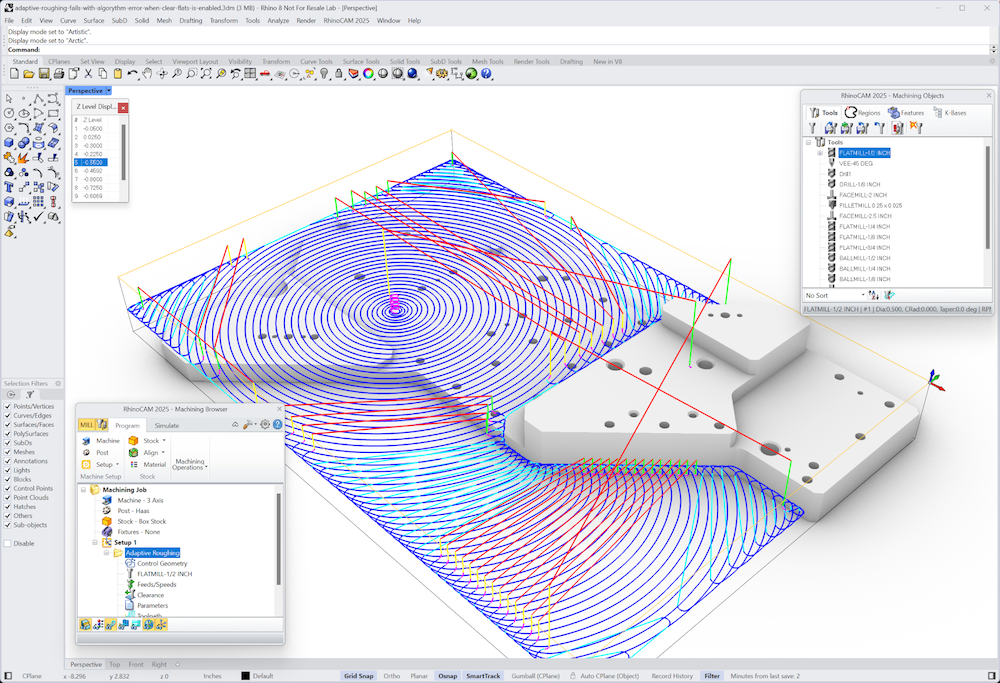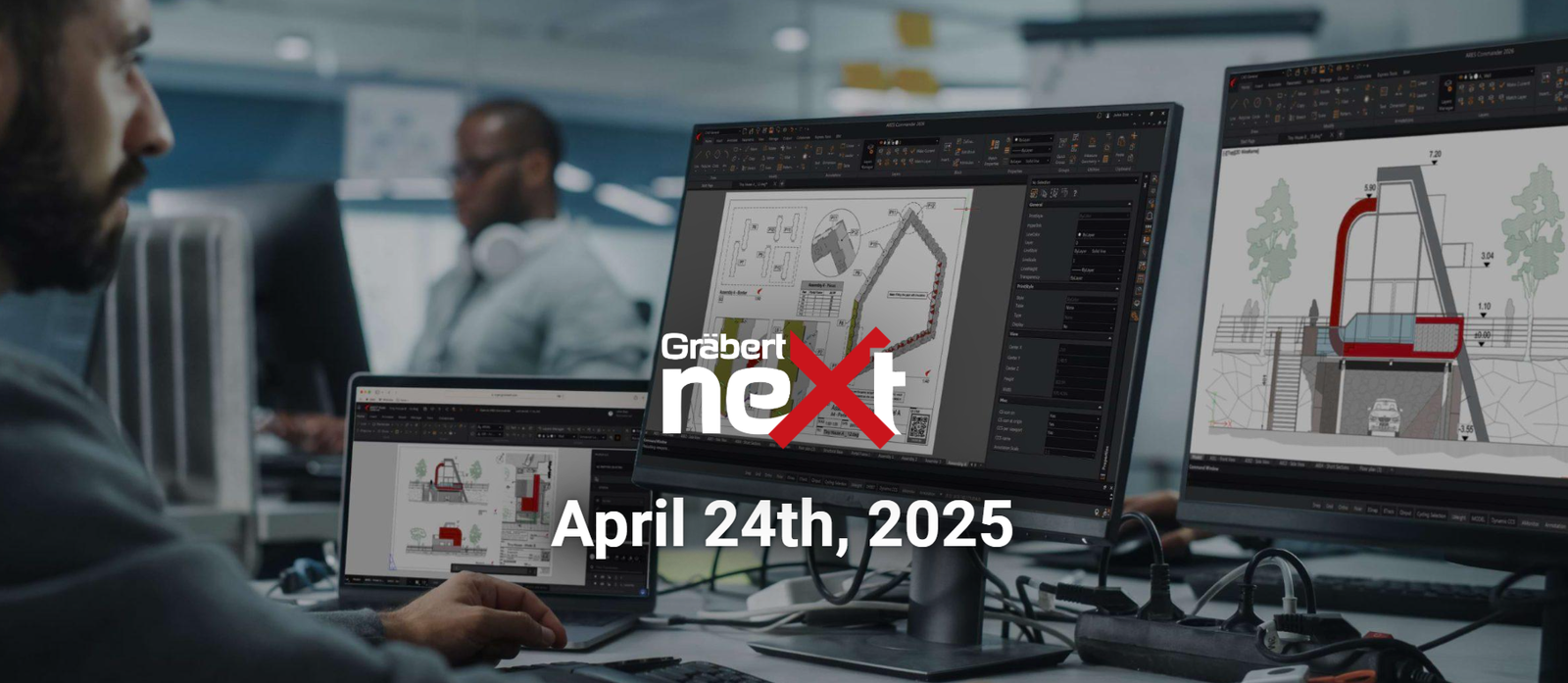Your Cart is Empty
Customer Testimonials
-
"Great customer service. The folks at Novedge were super helpful in navigating a somewhat complicated order including software upgrades and serial numbers in various stages of inactivity. They were friendly and helpful throughout the process.."
Ruben Ruckmark
"Quick & very helpful. We have been using Novedge for years and are very happy with their quick service when we need to make a purchase and excellent support resolving any issues."
Will Woodson
"Scott is the best. He reminds me about subscriptions dates, guides me in the correct direction for updates. He always responds promptly to me. He is literally the reason I continue to work with Novedge and will do so in the future."
Edward Mchugh
"Calvin Lok is “the man”. After my purchase of Sketchup 2021, he called me and provided step-by-step instructions to ease me through difficulties I was having with the setup of my new software."
Mike Borzage
ZBrush is Talking; modo, Maya, and CINEMA 4D are Listening!
July 22, 2009 2 min read

DCC companies do their best to ensure that 3D models can easily and smoothly be transferred to/from their competitors' systems
Coming from a mechanical CAD background I'm always pleasantly surprised by the open approach in data-exchange of 3D graphics software, more specifically known as DCC (Digital Content Creation). While CAD companies try every trick in the book to make transferring geometric data from one CAD system to the other as difficult and painful as possible, many DCC companies do exactly the opposite: they do their best to ensure that your 3D models, renderings, and animations can easily and smoothly be transferred to and from their competitors' systems.
CAD companies try every trick in the book to make transferring geometric data as difficult and painful as possible
The main reason for this open attitude comes from the typical production process: most of the projects in this field require the use of several software tools and it would be unacceptable not to be able to transfer data back and forth. A second reason is the relative simplicity of DCC data when compared to CAD data. CAD projects represent products someone has to build, therefore they must be extremely precise, and able to host a lot of non-geometric information. On the other hand, many 3D graphics projects have as final goal the creation of a movie or a set of images. Precision has to be good enough to support the required quality for the final video or image, but not more.
Pixologic and Luxology today announced the release of GoZ for modo
A good example of the open attitude of the 3D world can be observed in ZBrush products. Pixologic and Luxology today announced the release of GoZ for modo, a free plug-in for ZBrush that automatically transfers mesh geometry and normal, displacement, and texture maps into modo and back again.
Gamasutra explains the power of the new ZBrush plugins with this example: "With GoZ, modo can be used to create a base model, such as a human head, to provide the basic anatomy. This model can then be instantly transferred to ZBrush via GoZ for brush-based addition of scars, warts and wrinkles. The enhanced model can then be passed back to modo to create the final rendered output files."
This is just the latest in a very interesting series of "connectors," including GoZ for Maya, and GoZ for CINEMA 4D. According to the Pixologic website more connectors are expected to be released soon, which will make life even easier for ZBrush users.
Personally I love to see the artificial barriers between software systems fall. I believe that the entire 3D market will benefit from this open approach and I can't even imagine how much better life would be for CAD users if CAD companies were willing to follow the example of Pixologic.
Franco Folini
Pixologic Videos http://www.pixologic01.com/zbrush/features/GoZBrush/preview.swf
[Watch in Full Resolution]
http://www.pixologic01.com/zbrush/features/GoZBrush/preview1.swf
[Watch in Full Resolution] Pixologic products are available from Novedge
Also in NOVEDGE Blog

Enhance Your Designs with VisualARQ 3: Effortless Geometry Extensions for Walls and Columns
April 30, 2025 8 min read
Read More
MecSoft Unveils RhinoCAM 2025 and VisualCAD/CAM 2025 with Enhanced Features
March 08, 2025 5 min read
Read MoreSubscribe
Sign up to get the latest on sales, new releases and more …



